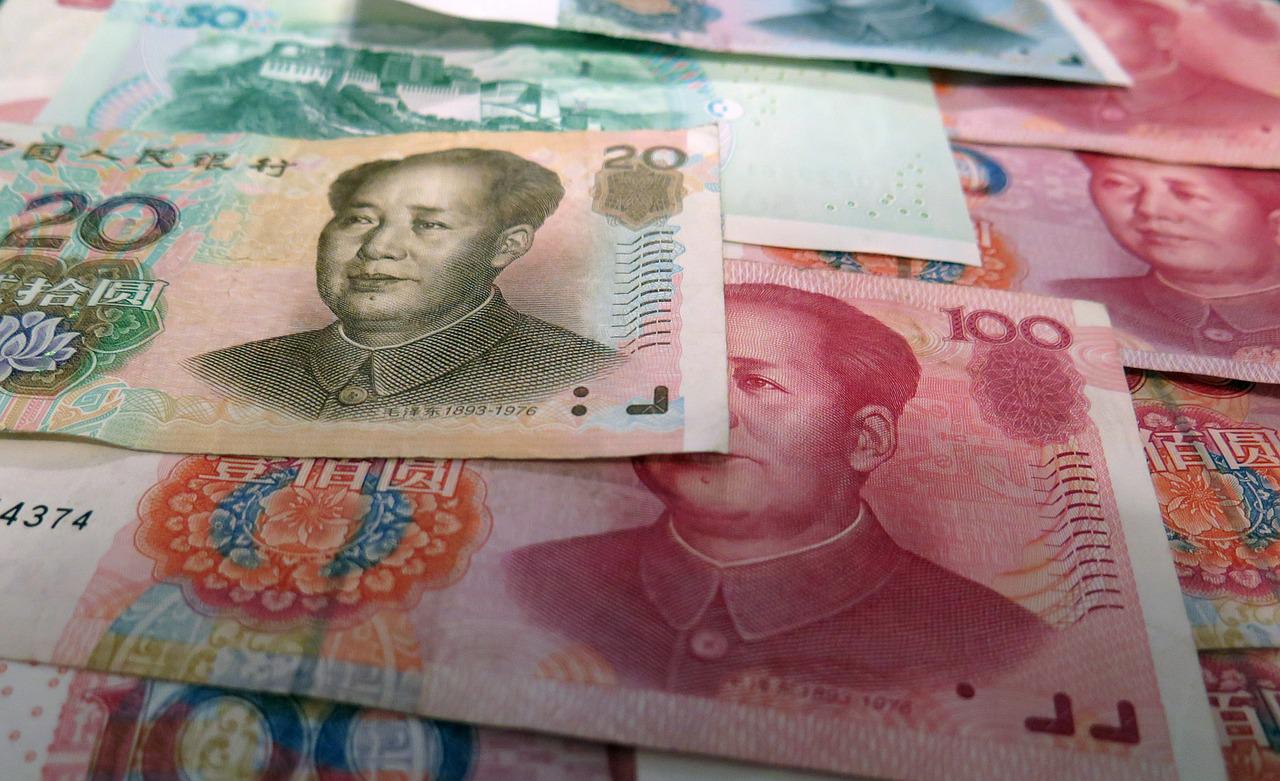一 二 三 yī èr sān: Chinese Numbers
In this post you’ll learn Chinese numbers and how to use them. So you’ll learn how to count in Chinese, and then you’ll see how to use Chinese numbers in practical situations. First, we’ll look at the basic Chinese numbers from one to ten. Then we’ll see higher numbers. Finally we’ll see some examples of using numbers in conversation, for talking about prices, giving addresses and phone numbers, and more.
How to count in Chinese from 0-10
Let’s start with the Chinese numbers from 零 líng zero through 十 shí ten.
- 零 líng zero
- 一 yī one
- 二 èr two (also:两 liǎng)
- 三 sān three
- 四 sì four
- 五 wǔ five
- 六 liù six
- 七 qī seven
- 八 bā eight
- 九 jiǔ nine
- 十 shí ten
GRAMMAR TIP! There are two ways to say two. Use 二 èr when you’re counting or giving phone numbers. Use 两 liǎng when you’re counting items, similar to “a pair of.”
How to count in Chinese from 11-19
Now let’s look at higher Chinese numbers. To form eleven through nineteen, simply start with 十 shí (ten) and add the ones place.
- 十一 shí yī eleven
- 十二 shí èr twelve
- 十三 shí sān thirteen
- 十四 shí sì fourteen
- 十五 shí wǔ fifteen
- 十六 shí liù sixteen
- 十七 shí qī seventeen
- 十八 shí bā eighteen
- 十九 shí jiǔ nineteen
How to count in Chinese from 20-99
Next, let’s move on to Chinese numbers above 19. Twenty is literally two-tens, thirty is literally three-tens, and so on. For ones places, simply add the number at the end of the expression: two-tens-eight is twenty eight, for example.
- 二十 èr shí twenty
- 二十一 èr shí yī twenty-one
- 二十二 èr shí èr twenty-two
- 二十三 èr shí sān twenty-three
- 二十四 èr shí sì twenty-four
- 二十五 èr shí wǔ twenty-five
- 三十 sān shí thirty
- 四十 sì shí forty
- 五十 wǔ shí fifty
- 六十 liù shí sixty
- 七十 qī shí seventy
- 八十 bā shí eighty
- 九十 jiǔ shí ninety
Higher Chinese Numbers
And here are higher Chinese numbers from 100 on. Notice that Chinese has an additional unit at ten thousand called a 万wàn. It’s used as a base for even higher numbers, for instance one hundred thousand is ten 万wàn, and one million one hundred 万wàn.
- 一百 yī bǎi one hundred
- 两百 liǎng bǎi two hundred
- 三百 sān bǎi three hundred
- 四百五 sì bǎi wǔ four hundred fifty
- 一千 yī qiān one thousand
- 两千 liǎng qiān two thousand
- 万wàn ten thousand
- 十万 shí wàn one hundred thousand
- 一百万 yī bǎi wàn one million
Using Chinese Numbers
Let’s see some typical examples of how you might use numbers.
- 请给我两杯水。
Qǐng gěi wǒ liǎng bēi shuǐ.
Two glasses of water, please. - 请给我一张两人/三人/四人/五人桌。
Qǐng gěi wǒ yī zhāng liǎng rén / sān rén / sì rén / wǔ rén zhuō.
A table for two/three/four/five people, please. - 几点了?
Jǐ diǎn le?
What time is it? - 现在是晚上七点/上午十一点。
Xiàn zài shì wǎn shang qī diǎn / shàng wǔ shí yī diǎn.
It’s seven o’clock in the evening / eleven o’clock in the morning. - 三楼三十七号房间。
Sān lóu sān shí qī hào fáng jiān.
It’s room number thirty seven, on the third floor. - 你多大了?
Nǐ duō dà le?
How old are you? - 我今年二十/三十五/五十岁。
Wǒ jīn nián èr shí / sān shí wǔ / wǔ shí suì.
I’m twenty/ thirty five/ fifty years old. - 这要多少钱?
Zhè yào duō shǎo qián?
How much does it cost? - 这个六十块 (元)。
Zhè gè liù shí kuài (yuán).
It costs sixty kuai (yuan). - 你有多少个姐姐妹妹?
Nǐ yǒu duō shǎo gè jiě jie mèi mei ?
How many sisters do you have? - 我有两个姐姐。
Wǒ yǒu liǎng gè jiě jie.
I have two older sisters. - 我有两个妹妹。
Wǒ yǒu liǎng gè mèi mei.
I have two older sisters. - 你的手机号码是多少?
Nǐ de shǒu jī hào mǎ shì duō shǎo?
What is your phone number? - 我的手机号码是131-86956002。
Wǒ de shǒu jī hào mǎ shì 131 86956002. (yāo sān yāo, bā liù jiǔ wǔ liù líng líng èr.)
My phone number is 131 86956002. - 酒店在哪里?
Jiǔ diàn zài nǎ lǐ?
Where is the hotel? - 那个酒店在人民街二十五号。
Nà gè jiǔ diàn zài rén mín jiē èr shí wǔ hào.
The hotel is at 25 Renmin Street.
GRAMMAR TIP for Using Chinese Numbers
When you count people or things in Chinese, you need to use a counter, also known as a classifier or a measure word. These are similar to head in two head of cattle or grain in two grains of rice, but they’re used much more commonly in Chinese. Your choice of counter will depend on what you’re counting. Here are a few of the most common counters. When in doubt, use 个 gè/ge!
- 个 gè/ge: generic counter for things or people, used also when you’re not sure of the more specific counter
- 杯 bēi: cups of liquid
- 只zhī: animals
- 双 shuāng: things that come in pairs (shoes, legs, etc.)
- 颗 kē: small, round objects that you can hold in your hand
- 把 bǎ: long, flat things with handles (keys, scissors, swords, and guns)
- 本 běn: books, magazines, other bound volumes
- 件 jiàn: articles of clothing
- 条 tiáo: long, narrow things (roads, rivers, etc.
- 辆 liàng: vehicles with wheels
- 间 jiān: rooms, houses
- 栋 dòng: buildings
- 枚 méi: small, flat objects (coins, stamps, etc.)
- 头 tóu: domesticated animals (cows, pigs, etc.)
The most common placement of the counter is between the number and the item being counted:
- 两个人 liǎng gè rén two people
- 两台电脑 liǎng tái diànnǎo two computers
- 两本书 liǎng běn shū two books
- 两只狗 liǎng zhī gǒu two dogs
- 两辆车liǎng liàng chē two cars
- 两棵树 liǎng kē shù two trees
- 两间房子 liǎng jiān fángzi two houses
- 两栋楼liǎng dòng lóu two buildings
Do you want to learn Chinese?
We hope you’ve enjoyed learning how to count in Chinese, and how to use Chinese numbers. If you’re interested in learning more, check out our other posts on Chinese language, culture, and more. And if you’re looking for convenient and affordable live Chinese lessons with a real teacher, check out The Language Garage. Our lessons are given online in a virtual classroom, so it doesn’t matter where you live or work – we can come to you. And we have flexible options, with a free trial so that you can decide if there’s a fit. Check us out!






